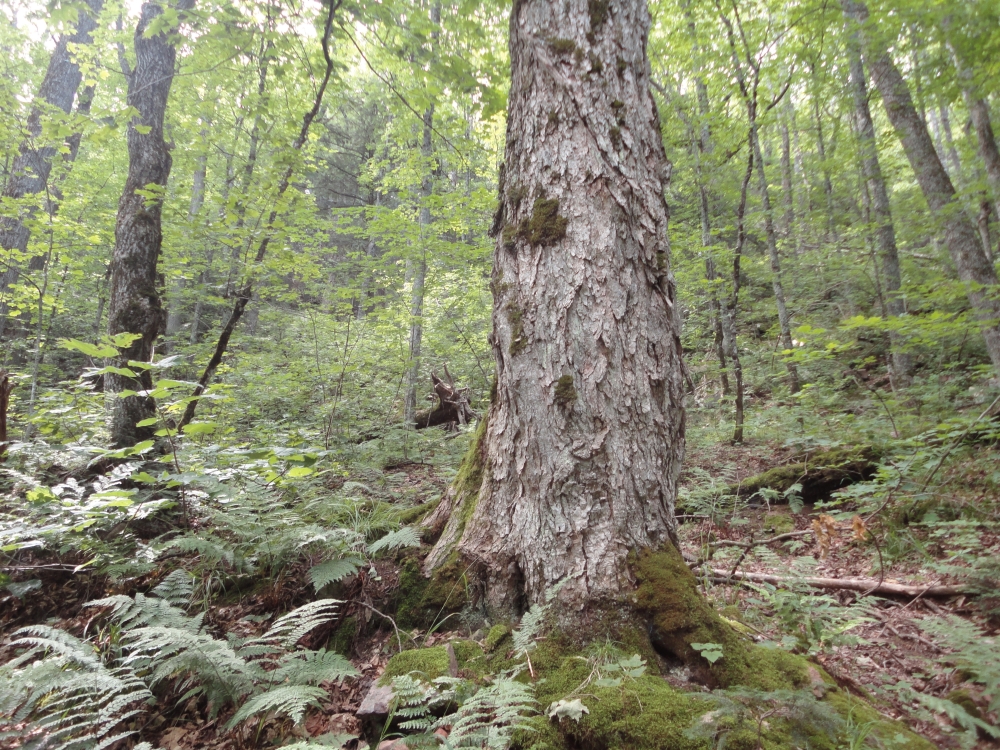This book describes 188 native or naturalized tree species found in these forests plus 84 trees that are commonly planted in the region.
Trees in the midland hardwood hardwood forest.
Most regeneration of hardwood forests occurs naturally that is without planting trees but many factors can affect forest regeneration.
You can easily identify a hardwood from a conifer.
Northern hardwoods are forests dominated by sugar maple.
They produce a fruit or nut and often go dormant in the winter.
To regenerate naturally the current forest must produce seedlings stump sprouts and root suckers that will become the next forest following a harvest or natural disturbance.
In fact about 40 percent of american trees are in the hardwood category.
It is a poor term and confusing for almost everyone else.
The upland hardwood forests are primarily located across the ozark and ouachita divisions with pure hardwood and mixed pine hardwood forests occurring in the coastal plain division.
Mixed hardwood pine or pine hardwood forests many historical longleaf pine sites have become occupied today by forests composed of loblolly and or shortleaf pine and mixed hardwoods.
A final unique upland forest exists in the crowley s ridge natural division.
States two canadian provinces the central hardwood forests cover a variety of habitats include trees adapted to a broad range of conditions.
The wood from hardwood trees tends to be harder because the trees grow at a slower rate giving the wood its greater density.
The classic northern hardwood co components are beech basswood and yellow birch.
Most common hardwoods unlike the conifers or softwood firs spruce and pines hardwood trees have evolved into a broad array of common species.
See reviews photos directions phone numbers and more for the best hardwoods in midland tx.
America s forests contain hundreds of different hardwood tree species.
However northern hardwoods are not simply hardwood trees that grow in the north.
Encompassing part or all of 28 eastern u s.
In much of the natural longleaf range this is the typical forest condition following a total harvest if no attempt was made to reforest.
The trees have broad leaves rather than needle like leaves.










